Facing Dental Emergencies? Here's How to Act Fast and Safely at Home
Dental emergencies can strike without warning, causing pain, anxiety, and concern over the best course of action before professional care is available. Understanding how to handle common dental emergencies at home is essential to manage pain, prevent further injury, and improve the chances of a successful outcome once you can see a dentist. This guide provides clear, expert-backed advice on what to do in various urgent dental situations, ensuring you are prepared to respond effectively and calmly.
Recognizing and Managing Common Dental Emergencies
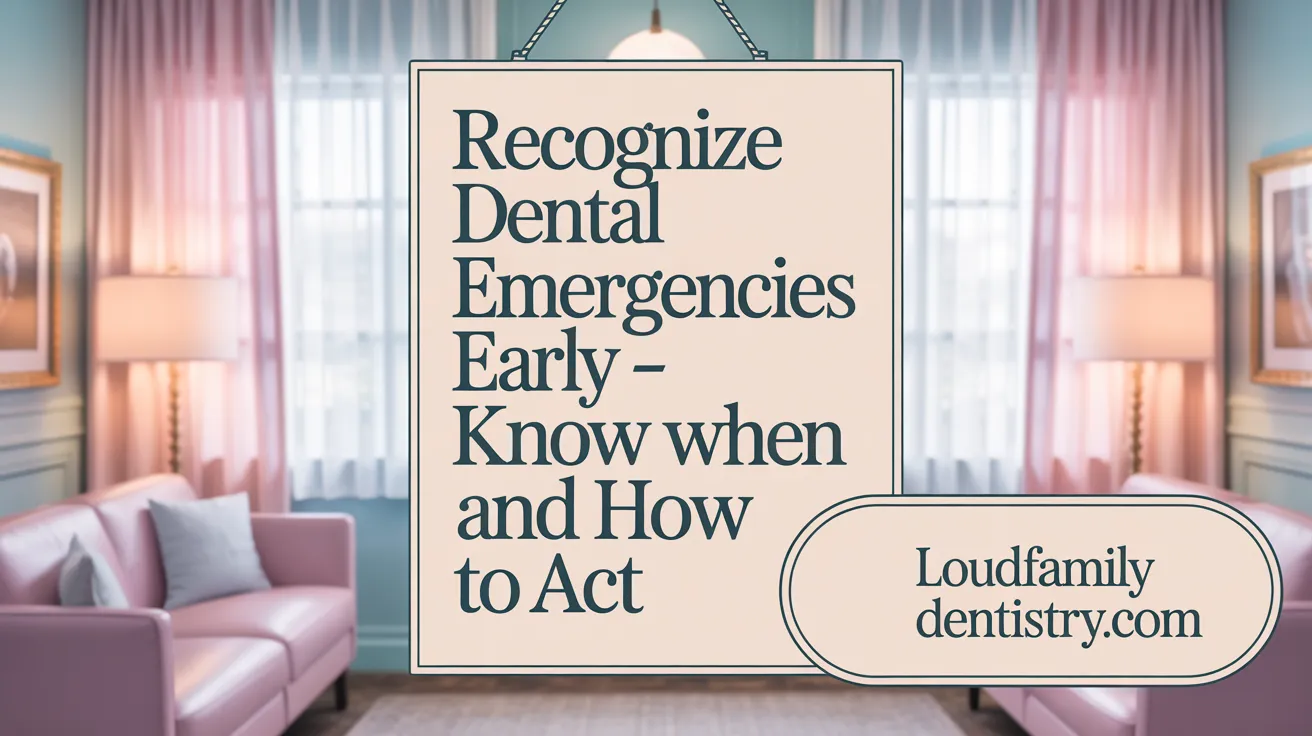
What constitutes a dental emergency?
A dental emergency is any situation that demands immediate care due to severe pain or injury. This includes severe toothaches that don’t improve, uncontrolled bleeding in the mouth, teeth that are knocked out or badly broken, and infections like dental abscesses. Injuries to soft tissues or facial bones also qualify. Conditions such as extruded (partially dislodged) teeth and infections threatening the airway are urgent and need prompt treatment.
What are common types of dental emergencies?
Typical emergencies involve:
- Severe toothaches often caused by decay or infection (toothache causes and treatment).
- Knocked-out teeth (avulsed teeth) requiring rapid reimplantation.
- Cracked or broken teeth, especially if they expose the pulp.
- Lost fillings or crowns, which leave teeth vulnerable.
- Dental abscesses presenting as swelling or pimple-like infections around teeth.
- Injuries to soft tissues inside the mouth, such as cuts or tears (soft tissue injury first aid).
- Persistent heavy bleeding that cannot be controlled at home (managing oral bleeding).
How do you differentiate between emergencies and non-emergency dental issues at home?
Emergencies include intense, ongoing pain, bleeding that doesn’t stop, visible trauma like knocked-out or displaced teeth, and swelling indicating possible infection. Minor dental problems such as dull toothaches, small cracks in teeth, or loose wires on braces generally need timely dental care but do not demand immediate action (when dental issues are not emergencies). Monitoring symptoms and seeking professional advice helps decide when urgent care is necessary.
Importance of prompt response
Addressing dental emergencies quickly prevents further damage and complications such as infections spreading or permanent tooth loss (immediate attention for dental emergencies. Immediate first aid like rinsing the mouth, applying cold compresses, controlling bleeding, and safely handling injured teeth can improve outcomes. Contacting a dentist or emergency room promptly is vital to get correct treatment and relieve pain effectively.
First Aid for Toothache and Abscess at Home
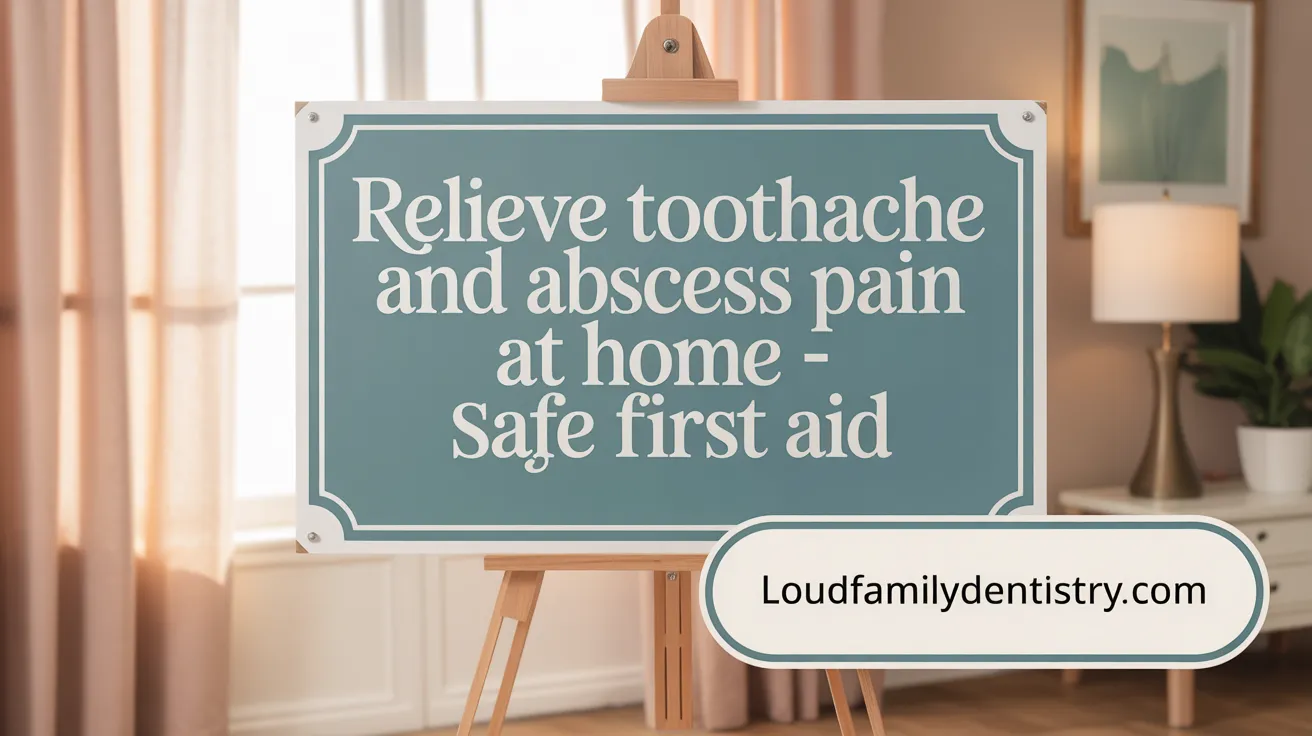
How can I relieve a toothache before seeing a dentist?
You can manage toothache symptoms at home by rinsing your mouth with warm salt water, which helps reduce inflammation and removes trapped food particles. Gently flossing around the painful tooth to dislodge any debris can also provide relief. Applying a cold compress to the cheek near the sore area helps decrease swelling and numb the pain. Over-the-counter pain relievers such as ibuprofen or acetaminophen are effective for temporary pain control. However, avoid placing aspirin directly on your gums or teeth as it can irritate or burn the tissue.
How to handle a dental abscess at home?
A dental abscess signals a serious infection requiring prompt attention. While waiting to see a dentist, rinse your mouth gently with warm salt water to soothe the area and help cleanse it. Do not try to squeeze or poke the abscess, as this can worsen the infection. Taking pain relievers as needed can help manage discomfort. It is vital to contact a dental professional immediately to receive proper treatment and prevent the infection from spreading.
What home remedies should be avoided during dental emergencies?
During dental emergencies, refrain from placing aspirin or other medications directly on your gums or teeth; such practices can cause tissue burns or damage. Avoid using sharp or pointed objects to remove food debris or fix broken teeth and braces, as these actions might aggravate the injury. Instead, apply temporary protective measures like dental wax for sharp edges and seek professional dental care promptly.
These home approaches can provide temporary relief for toothaches and abscess pain but should not replace urgent dental evaluation and treatment to avoid complications.
Handling Knocked-Out and Broken Teeth at Home
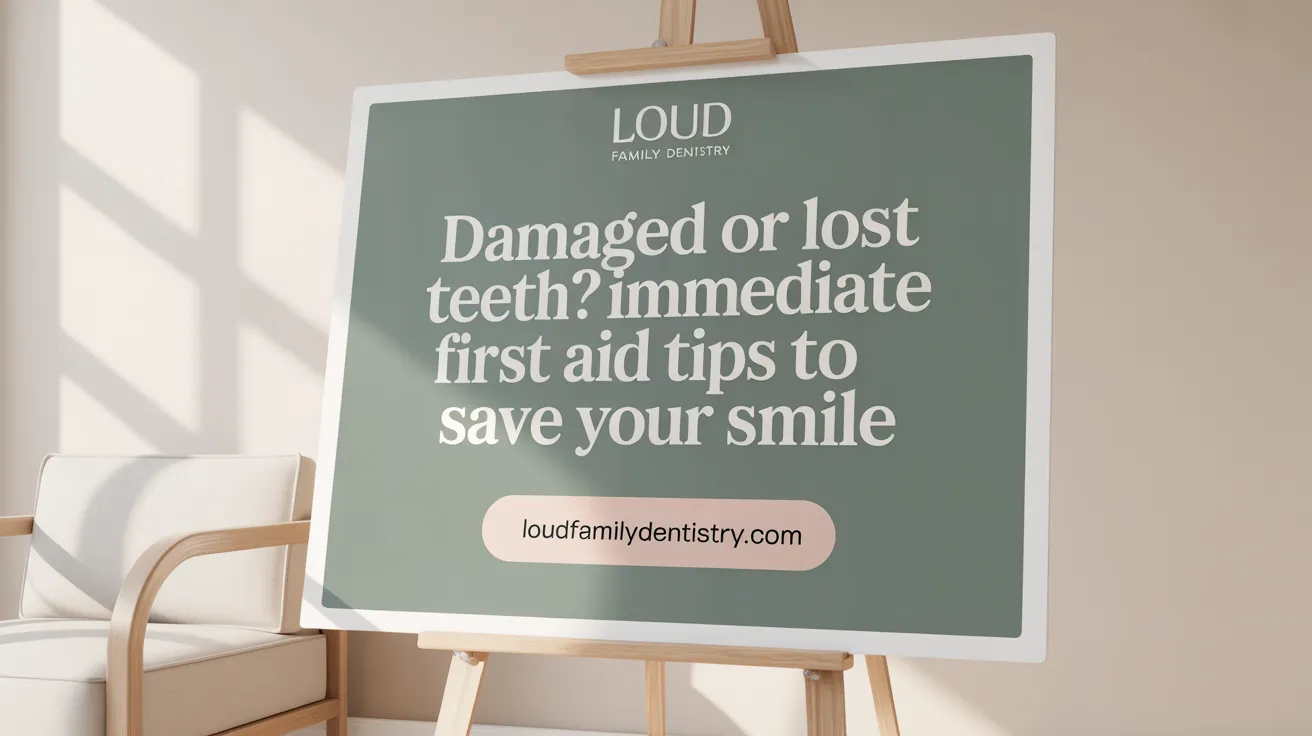
What should I do if a tooth gets knocked out?
If a tooth is knocked out, it is crucial to act fast. First, locate the tooth and handle it by the crown (the chewing surface), avoiding touching the root to prevent damage. Rinse it gently with water if dirty, but avoid scrubbing or using any chemicals. Try to reinsert the tooth into its socket and hold it firmly in place. If reinsertion isn't possible, store the tooth in cold milk, saline solution, or inside your cheek to keep it moist. Time is critical—visit a dentist within one hour for the best chance of saving the tooth. For detailed guidance, see Knocked Out Tooth First Aid.
How to manage a broken or chipped tooth at home?
For a broken or chipped tooth, rinse your mouth and all broken pieces with warm water to remove debris. Carefully save any fragments as the dentist may be able to reattach them. If there is bleeding, apply gauze to control it and place a cold compress on your cheek to reduce swelling and pain. Protect sharp edges with orthodontic wax or sugarless gum to prevent cuts inside your mouth. Try to avoid chewing on the injured side to prevent further damage. Schedule a dental visit promptly for proper repair. More details can be found in Handling cracked or broken teeth.
Temporary measures before dental care
While waiting to see your dentist, you can manage discomfort by rinsing your mouth with warm saltwater and using over-the-counter pain relievers. Do not place aspirin directly on the tooth or gums, as this can cause irritation. Avoid eating hot, cold, or hard foods that can aggravate the injury or cause sensitivity. Keeping sharp edges covered and the area clean helps minimize complications until professional treatment. For additional instructions, see Home care for dental emergencies and Managing toothache at home.
Importance of timing
The timing of treatment is essential, especially for knocked-out teeth. Immediate reinsertion or preservation in milk or saline within an hour significantly increases the likelihood of saving the tooth permanently. Delaying dental care can lead to infection, tooth loss, and the need for more complex procedures. Hence, quick and careful first aid followed by urgent dental consultation is critical. Learn more at When to see an emergency dentist and Dental emergency guide.
Managing Lost Fillings, Crowns, and Orthodontic Injuries
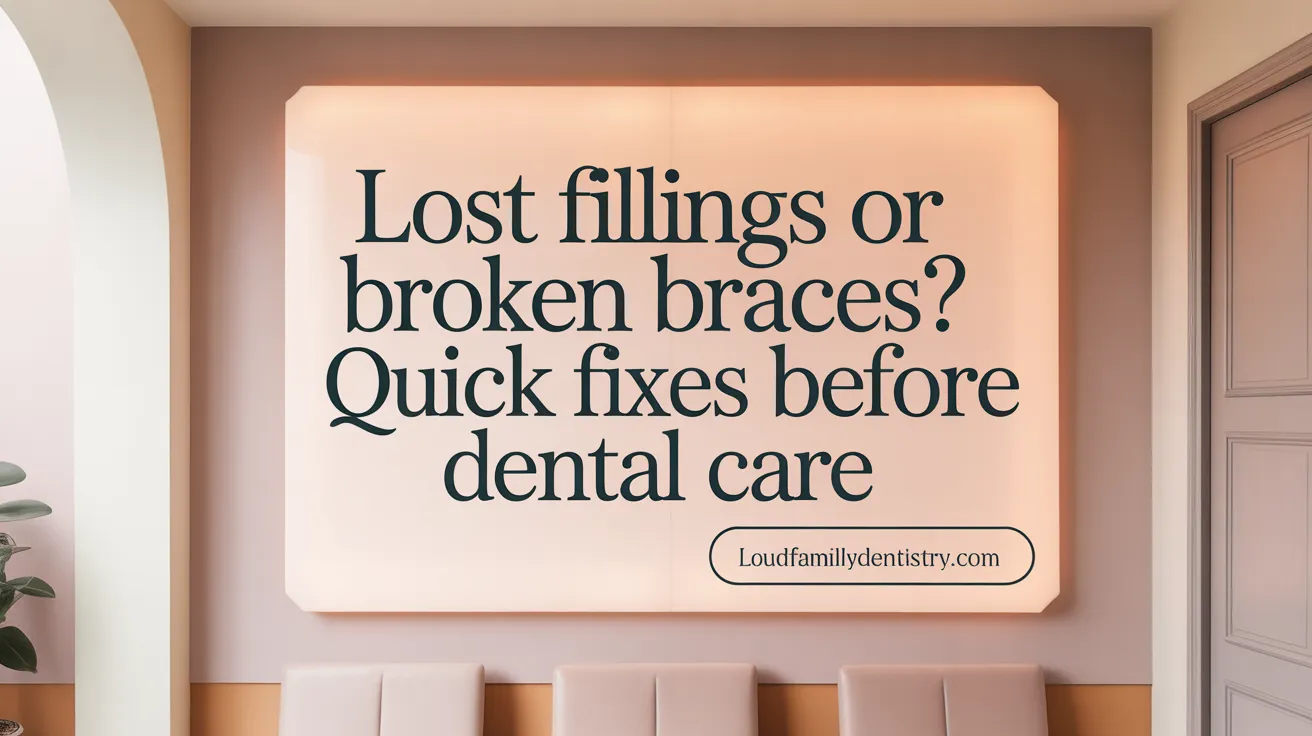
What to do if a filling or crown falls out?
If you lose a filling, a temporary fix can be done by placing sugarless chewing gum or an over-the-counter dental cement in the cavity. This helps protect the tooth until you can get professional dental care. When a crown falls off, keep it in a safe place and if possible, you can softly reattach it temporarily using dental cement or toothpaste meant for dental use. Avoid using household glues as these can cause harm.
While waiting for your dental appointment, it’s important to avoid chewing hard foods on the affected side to prevent further damage or discomfort.
How can orthodontic injuries be managed before professional care?
Broken braces, wires, or bands can be uncomfortable and may harm your gums or cheeks. If an appliance part becomes loose or pokes soft tissues, you can try to gently reposition it. Covering any sharp ends with orthodontic wax or a bit of gauze provides relief and prevents injury.
Avoid cutting wires or making significant repairs on your own because this can worsen the problem or lead to swallowing sharp pieces. Promptly scheduling a visit to your orthodontist is essential.
When to consult emergency dental care
Seek emergency dental care if temporary fixes don’t relieve pain or if you experience swelling, significant bleeding, or difficulty eating or speaking. Early professional intervention can help save the tooth or restore appliance function and prevent complications.
Avoiding self-repair risks
Using inappropriate materials like household adhesives or attempting to force appliance parts back may cause greater damage or infection risks. Always opt for safe temporary measures and professional dental evaluation.
Managing these issues quickly and safely ensures better outcomes and comfort while awaiting dental treatment.
First Aid for Oral Soft Tissue Injuries and Bleeding
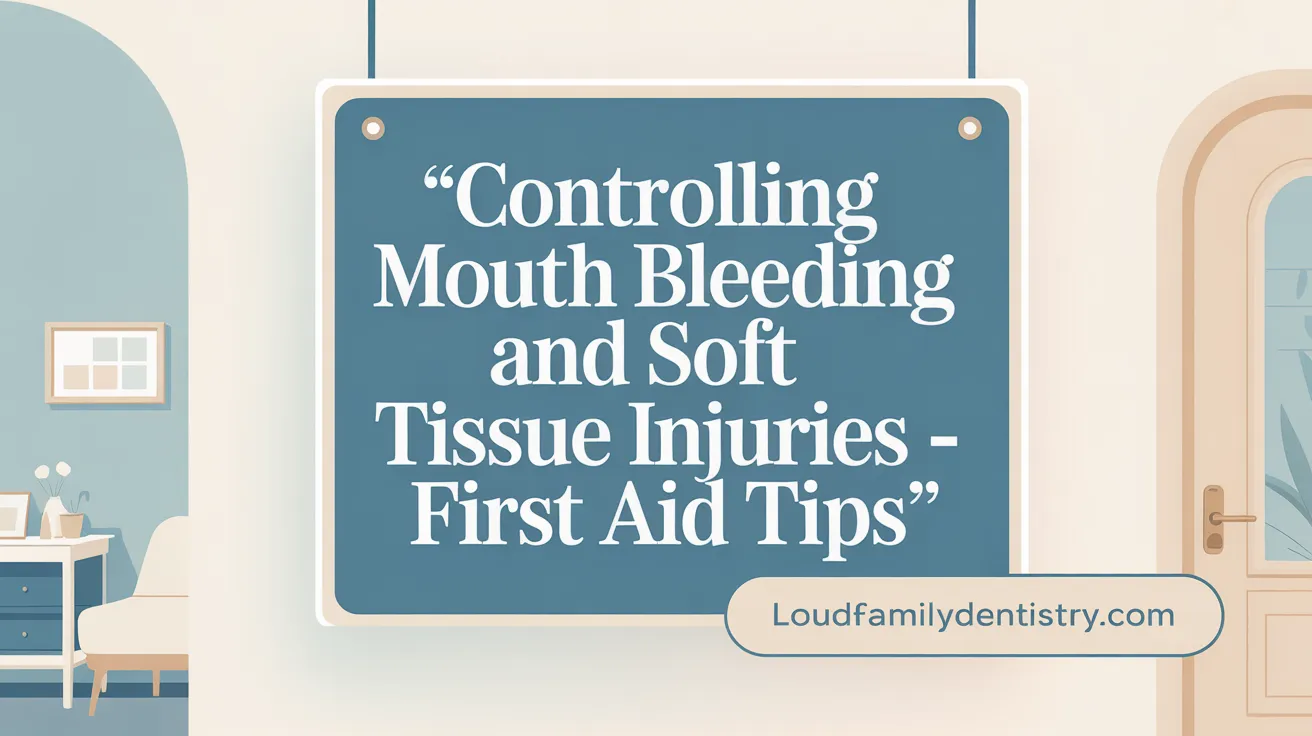
How do you control bleeding from oral soft tissue injuries?
When faced with mouth injuries causing bleeding, begin by gently rinsing the mouth with warm salt water to clean the affected area and reduce bacteria. Then, apply firm, direct pressure on the bleeding site using sterile gauze or a clean cloth for 15 to 20 minutes to help form a clot. Alternatively, a damp tea bag can be pressed against the wound; the tannins in tea have natural clot-promoting properties. To alleviate swelling and reduce pain, place a cold compress or ice pack on the outside of the cheek near the injury.
When is medical attention necessary for mouth injuries?
Seek emergency medical care if the bleeding does not stop after 20 minutes of consistent pressure. Additionally, watch for signs of severe trauma such as broken facial bones, difficulty breathing or swallowing, or large, painful swelling around the injury. Conditions like fever or rapidly worsening swelling also signal the need for immediate emergency room evaluation. Quick action in these situations is essential to prevent complications. See also immediate dental attention for mouth issues and when to visit the emergency room for dental injuries.
Using cold compresses and saltwater rinses
Applying cold compresses externally helps limit swelling and numbs the affected area, easing pain from soft tissue injuries. Rinsing with warm salt water several times a day promotes healing by cleansing the wound and reducing inflammation.
Preventive measures to avoid injuries
Prevent oral injuries by wearing mouthguards during contact sports and avoiding habits that can damage the mouth, such as chewing hard objects. Prompt dental check-ups and careful use of dental appliances can also reduce risk. For more, see preventing dental emergencies and using mouthguards for dental injury prevention.
Implementing these first aid steps and knowing when to seek professional care can significantly improve outcomes for soft tissue oral injuries.
Preparedness and Prompt Action: Keys to Navigating Dental Emergencies
Dental emergencies can be distressing, but knowing how to provide immediate, appropriate care at home can significantly ease pain, prevent complications, and improve the outcome once professional help is obtained. Whether dealing with toothaches, knocked-out or broken teeth, lost restorations, or soft tissue injuries, early intervention through simple first aid measures such as rinsing, controlled bleeding management, cold compresses, and proper preservation techniques is essential. Remember to avoid harmful self-treatments and seek prompt dental or emergency medical care when necessary. Maintaining a well-stocked dental first aid kit and having your dentist's contact information readily available ensures you are prepared to respond calmly and effectively to dental emergencies, protecting your oral health and wellbeing.
